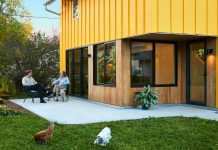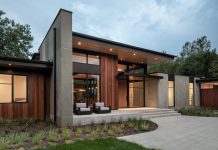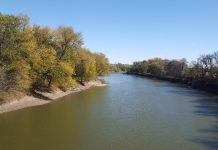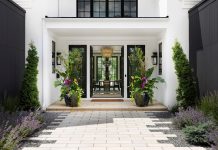
Sunlight is a vital piece of the puzzle for every form of life. So once you have your winners picked out from the nursery and are unloading them from the back of your car, the next step is determining the perfect spot to plant them based on their vitamin D needs. “But don’t all plants want to be in the sun all the time?” A lot do, but some do not. Each plant has its own light requirement ranging from full shade to full sun.
A plant that receives too much sun will burn or dry out at the edges of its leaves, and the entire plant will start to weaken and droop. Conversely, a plant that receives too much shade will have fewer flower buds, and will try its hardest to lean toward light sources. It is all about trying to find that happy-medium, so be sure to pay attention to each so you can pick the right spot out of the gate rather than having to transplant later.
Hastas don’t mind playing it cool in the shade.
Look for the light requirement specifications on your plant after purchasing. Here’s how to decipher them:
Full shade: The vampires in the world of gardening, these plants love staying out of the sun. They grow best on sides of buildings without any sunlight, or under trees with low branches and dense leaves where the sun’s rays don’t reach the ground.
Partial shade: These blooms enjoy their mornings or afternoons with a side of sun, but never during the midday when the sun is brightest.
Light shade: Plants with this light preference like to set up shop under trees with high branches or sparse foliage, so they are receiving shade intermittently throughout the day.
Part sun: The twins of partial shade plants with one exception—these blooms welcome the bright midday sun with open leaves.
Full sun: These plants love to soak up the sun’s rays. They require a healthy dose of vitamin D for at least six hours a day, including some or all of the midday hours.
To further your gardening expertise, check out our sections on planting zones, soil types and vegetable gardens.
by





















